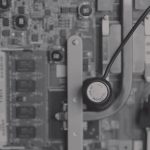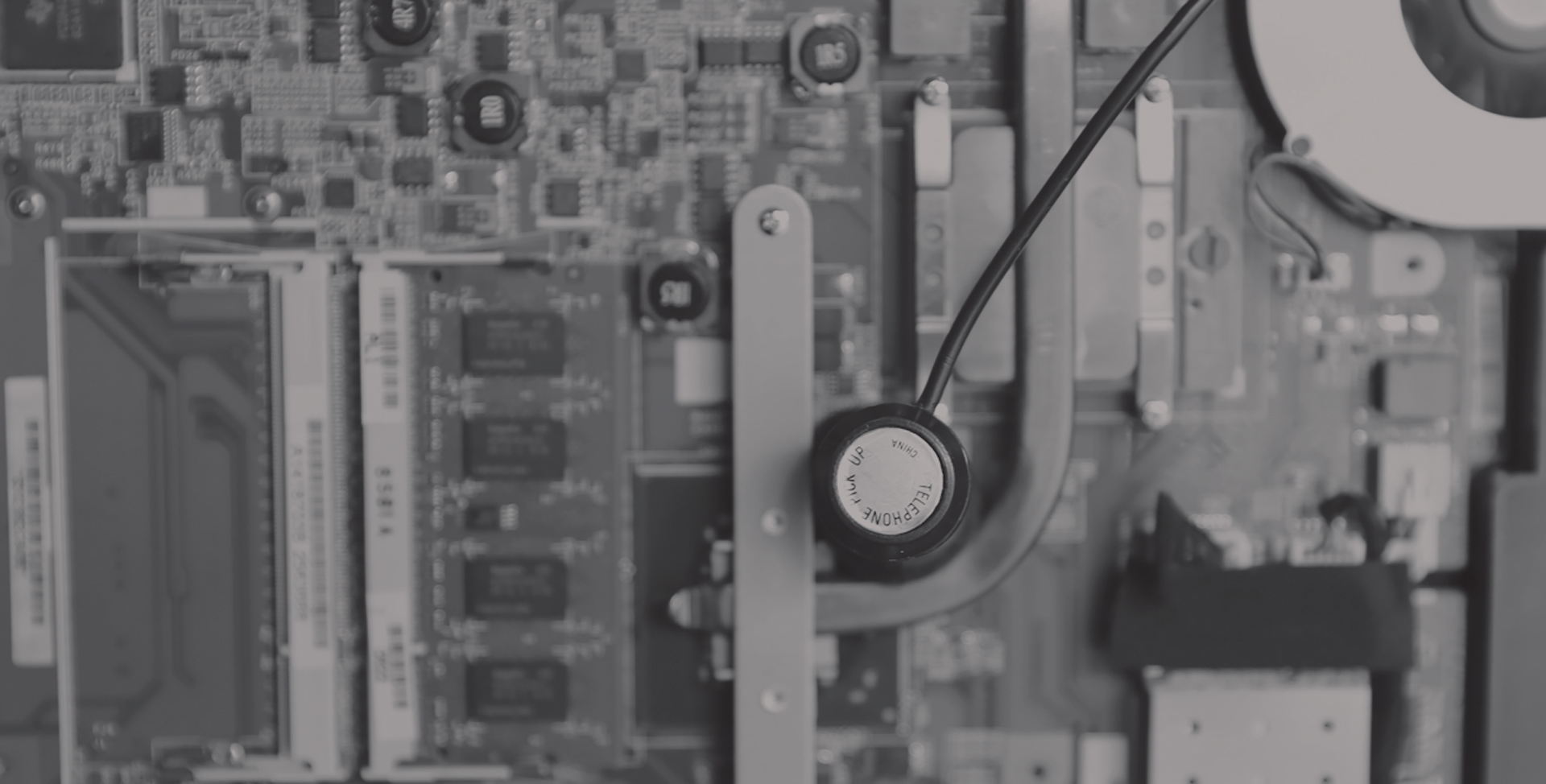“Electromagnetic Spectrum Research” by Jenny Pickett
Title:
- Electromagnetic Spectrum Research
Artist(s) and People Involved:
Exhibiting Artist(s):
Performers:
Symposium:
- ISEA2016: 22nd International Symposium on Electronic Art
-
More artworks from ISEA2016:


Artist Statement:
“Electromagnetic Spectrum Research”. Sound in Nature is a vast field of exploration, from underwater sounds to stratospheric electromagnetic storm interferences, we do find some amazing beautiful vibrational resonances out there. For Almost 10 years now, we’ve been exploring these “inaudible sounds” recording with scientific devices such as VLF (very low frequency) antenna, hydrophones, ultrasound devices, EMF (electromagnetic frequency) machines, piezos and various others types of microphones. In our exploration of stratospheric electromagnetic storms we often came across interference, frequencies that should be avoided for this type of exploration manmade electricity that generates a recognizable hum at around 50/60hz. In 2012, we decided to explore this humming by approaching huge electrical pylons with our VLF device, not only did we want to record the electricity but to record at close range!
This interest leads us to record under pylons crossing farmlands and mountains where we could manipulate the device directly under the electrical cable. Beyond the classical annoying hum, others layers of sound developed, which could be considered artifacts and we could hear slight movement within the frequencies with regularity, as if the electricity were somehow containing its own chanson.
Listening back to these recordings without using any manipulation of any kind in the studio, we discovered a musical complexity, a certain beauty in its horror, touching the very deep and subconscious listening to our everyday environment. These sounds contribute to new ideas that occur in contemporary electronic music during the last 100 years, the very elements that we are usually trying to reject or evict from our recording surprisingly compose the most beautiful structures of ourselves, an amazing audio world hidden in our wasted energy.
In order to generate an EM field, you must simultaneously produce:
1. an electric field, out of electric charges
2. a magnetic field, by displacing these electric charges
EM waves come out of the combination of these two fields. In other words, an EM wave is a periodic variation of an electric and magnetic field. Such a wave can be absorbed by a dipole (a type of antenna) moment receptor. Submitted to a sinusoidal or oscillation attraction, a dipole will turn or vibrate. With higher energies however, the connection might get severed. For instance, if we are dealing with an aerial, we choose to install a loop that will produce this dipole moment. When you test the aerial, you find out that you can detect waves via two poles and pick up the outcome from two different angles, but this reception may possibly be better from only one of the two. This is the electromagnetic phenomena, it creates two phases that could creates attraction if you place a magnet in the middle. Beyond this physical inference, there is a reality that can be uncovered by its use in our dérives: the vibration of EM waves and a resulting electromagnetic spectrum can be translated into the waves of a sonic vibration a small electrically powered amplifier will make these vibrations audible. The dérive then becomes a listening walk listening to the EM spectrum and the city is perceived as a bottomless pit full of frequencies and noises generated by a multitude of electrical machines and apparatuses. A soundscape is created in fact by any device that runs somehow on electricity and will find itself in the midst of an EM field and become part of this listening experience.
Audio-geographical dérives and EM listening raise sensory perception to a poetic level in as much as the listener can potentially become active, in terms of transposition and sensation, motion and inversion. The listener re-creates for himself the blurred connection between the form: where the sounds are coming from and the physicality of these sounds themselves. In our view, transmitting the technique of capturing/recording, and understanding the related phenomenon, are both essential; even if we just want to think in terms of exploration, our approach to this is different from Christina Kubisch’s work: in that she decides on the option of listening through a couple of earphones connected with a copper coil that amplifies the signal sent to a specific listener, while we broadcast to an ‘outside’, not just one person. Still, her work is captivating, but also poetic and sensory, since she also uses wandering and dérive as uncategorized means to capture the sounds of our environment.
This research has to be considered in relation to another kind of writing: that of the invisible book of EM waves on urban space and mechanic architecture. Writing that incorporates fixed signifers and poetry, where those signs are both static and malleable, meaning is inscribed through a multitude of senses. Urban space and architectures form the pages of this book that may at once be read as it is written. The movement of the dérive becomes a pen, a writing tool, EM waves – the ink as they put form to the writing. The EM spectrum/spectre (ghost or range) is both a script and a combination of signals that makes sense in audible terms, as well as in terms of machinery, an invisible mechanic script that can be decrypted when focused upon with some kind of magnifying glass or a translation machine for a language that remains obscure. The city then becomes an open book where we can compose our own reading, as we pass through its streets and find areas with a high density of EM waves. We come across the symbols of a language full of timbres, rhythms and compositions of heterogeneous and diverse melodies. Such a language may be understood in different ways: from the nature of its mechanic and mechinist soul that produces a specific audible extension, possibly with a certain musical charm, or deciphering its sense from its context, not to mention by its significant polar resonance of the earth itself. In one of our dérives, we encounter a form of writing that has sprung out of two different sources: the rough script of the event, as we listen to it, and a form of de-location. Listening and creating a context comes out of our past experiences. Yet, we are dealing here with a temporary, a vanishing script… the sound being the transcription, the urban or building space: the page, the EM aerial and the amplifying/ magnifying pen: devices that write and read the context. The readers feel roused, whether they be guests, participants or passers by attracted by the movement/action they happen upon.
Full text and photo (PDF) p. 209-213
Website:
Category:
All Works by the Artist(s) in This Archive:
All Works by the Performer(s) in This Archive:
- Julien Ottavi
- More Art Events from Julien Ottavi in this archive:

Electromagnetic Spectrum Research
[ISEA2016]





